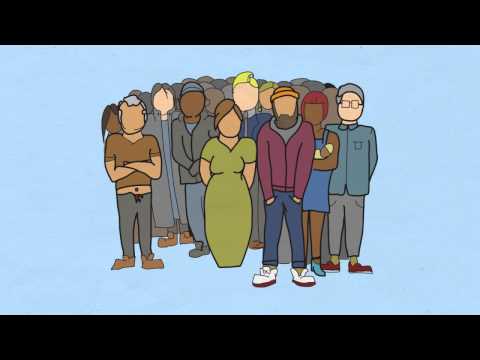7.8: An Introduction to Open Access Reading
- Page ID
- 86811
Think about the articles you found last week using the Nealley Library periodical databases. The majority of these articles are published in subscription-based periodicals (journals, magazines, newspapers, and trade publications). These subscription-based periodicals are fee-based or cost money for users to access their content. Nealley Library pays for the subscriptions of the periodicals it subscribes to so that SAC students have access to these publications for their research needs. As you may remember from your article research last week, you as a SAC student are able to access these fee-based periodicals through library databases by logging in with your WebAdvisor username and password. However, if you did not have a WebAdvisor username or password (say, after you graduate from SAC), you would not be able to access these periodicals that reside in the Nealley library databases, unless you visited the library in person. You may transfer to another college or university following your time at SAC where you
will have access to similar periodical databaes. But, what if you were no longer enrolled in school and still wanted access to the kinds of resarch articles that you enjoyed as a SAC student to help you with future personal and professional research projects?
Enter, Open Access:

You may find this more commonly used definition of Open Access helpful:

Whereas articles published in subscription-based periodicals are only available to subscribers or currently enrolled students with access to their library’s databases, open access articles are available to anyone (the public) through the free Internet[1]. In other words, the research findings and ideas published in open access articles available for everyone (with Internet access) to benefit from.
The following video created by Cal State San Bernardino’s Pfau Library provides a brief and user-friendly explanation of closed (subscription-based) vs. open access publishing models. Please view this video before continuing your reading below.
Accessing OA Articles:
There are many ways to access OA articles, such as through OA databases, repositories/collections, and Google Scholar. Due to the limited timeframe of our class, we will explore the Directory of Open Access Journals, one of the most widely used OA article databases that contains thousands of freely accessible OA journals and articles (in their full text) on most any topic you can think of. As part of your Internet Exploration assignment this week, you will be asked to search the Directory of Open Access Journals to find an article related to your chosen research topic.
Additional OA Resources:
Please note that in addition to open access articles, there are other types of open access resources, including books, audio, video, and image collections. However, due to the limited timeframe of this class, we will focus on open access articles. If you would like to explore a wider variety of Open Access materials beyond the scope of our class, I recommend the list of OA resources compiled by librarian Rebecca Hedreen (Southern Connecticut State University): http://libguides.southernct.edu/openaccess (under “What sorts of materials are available?”).
Questions?
If after reading this document you have questions about Open Access or any of the other concepts outlined here, please post to the “Course Questions” discussion forum in Blackboard or email me: knight_annie@sac.edu
- I use the term “free Internet” to emphasize that not all aspects of the Internet or resources within the Internet are available to everyone. For example, subscription-based library databases are not part of the “free internet” (also referred to as the “visible web”) since they are only available to SAC students with a current WebAdvisor username and password. You may have seen the terms “deep web” or “hidden web”, which refer to Internet resources not publicly visible (e.g., library databases requiring logins, private intranets, and password protected websites). ↵
- An Introduction to Open Access (OA) for LIBI 100 Students. Authored by: Annie Knight. License: CC BY: Attribution
- Open Access Video. Authored by: PfauLibrary. Located at: https://www.youtube.com/watch?v=B579LlMi0Q4. License: All Rights Reserved


